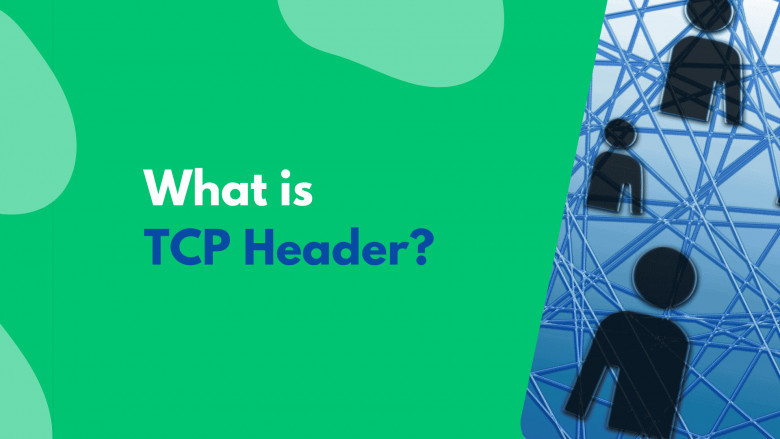views
Understanding the Difference Between TCP and UDP for Fortinet Training and CCNA Course
The difference between TCP UDP is one of the most basic yet important concepts of networking. Whether you are pursuing a CCNA course online or learning advanced Fortinet training, it is crucial to know how these two protocols work. Through our training courses at UniNets, we delve into this subject in depth, with hands-on learning alongside theoretical knowledge.
In this blog, we’ll explore how the CCNA training and Fortinet courses explain TCP vs UDP, why it matters, and how it connects with switching, topology in networking, and broader networking and topology concepts.

What Are TCP and UDP?
TCP (Transmission Control Protocol) and UDP (User Datagram Protocol) are both transport layer protocols used for data transmission over the internet.
TCP is connection-oriented, in that it creates a session between receiver and sender prior to sending data. It provides reliable transmission, error checking, and retransmission of packets lost in transit.
UDP is connectionless, in that it sends data without first creating a session. It does not promise delivery and is thus faster and suitable for applications with timing requirements such as video streaming, VoIP, and online gaming.
The distinction between TCP and UDP is not only theoretical—it's essential to network design and operation. That's why CCNA online training and Fortinet training both allocate modules to describing their applications and use cases.
TCP and UDP in CCNA Course Online at UniNets
At UniNets CCNA training, students are taught how TCP and UDP work in various layers of the OSI model. Lab sessions are conducted where students capture and dissect the actual network traffic with the help of tools such as Wireshark.
Some of the topics discussed in our CCNA training online concerning TCP and UDP are:
OSI and TCP/IP models
TCP handshaking process (SYN, SYN-ACK, ACK)
UDP packet structure and headers
Application layer protocols over TCP (HTTP, FTP) and UDP (DNS, TFTP)
Troubleshooting TCP/UDP traffic
This strong foundation enables students to comprehend how data travels over the internet and how transport layer protocols ensure reliable communication.
TCP and UDP in Fortinet Training
Understanding the differences between TCP and UDP is critical in Fortinet training for configuring firewall policies, intrusion prevention systems, and secure VPNs.
Fortinet firewalls examine both UDP and TCP traffic to identify threats or anomalies. In Fortinet training, students are taught:
How to block or permit certain TCP/UDP ports
Stateful and stateless inspection of TCP/UDP traffic
Deep packet inspection (DPI) for protocol analysis
Real-world policy configuration based on TCP/UDP
Without proper understanding of the way these protocols function, it's almost impossible to design secure and effective network infrastructures with Fortinet technologies.
Role of Switching in TCP/UDP Communication
Although TCP and UDP function at Layer 4, switching occurs at Layer 2 of the OSI hierarchy. Yet they exist as a partnership. When a switch receives a data frame, it makes the decision where to send it by using the MAC address. Once the packet progresses up layers, transport protocols such as TCP or UDP are in charge.
In CCNA training and Fortinet, students are taught how switching impacts performance and delivery of TCP/UDP traffic, particularly in VLANs and segmented networks.
Knowledge of Topology in Networking with TCP/UDP Flow
Topology in networking also means the way devices are set up and linked to one another. Various network topologies—star, mesh, bus—will influence the efficiency with which TCP and UDP packets flow through a network.
For instance:
In star topology, TCP packets may be delivered reliably with centralized control.
UDP traffic in a mesh topology has more than one path, minimizing latency.
Networking and topologies are core concepts in the online CCNA course, where students practice networks and experiment with TCP/UDP behavior with varying topologies.
Why Study at UniNets?
Our CCNA online training and Fortinet training solutions are authored by certified experts who import real-world into the classroom.
We offer:
Live instructor-led instruction
Lab-based training using actual switching and firewall hardware
Access to recorded sessions and study guides
Convenient batches for working professionals
Whether you're mastering the fundamentals of TCP/UDP or taking on deeper Frtinet configurations, we make sure you're not merely certified—but job-ready.
Conclusion
The distinction between TCP and UDP isn't simply an abstraction to memorize—it's a fundamental networking concept that will influence everything from simple routing through firewall security. By taking CCNA study online and Fortinet training at UniNets, students get the technical expertise and practical skills to apply these principles efficiently.
Through the mastery of TCP/UDP, switching, and networking and topology, you set yourself up as an able network professional capable of addressing real-world issues of contemporary IT environments.






















Comments
0 comment